Astrogeology: Understanding Asteroid Composition For Mining
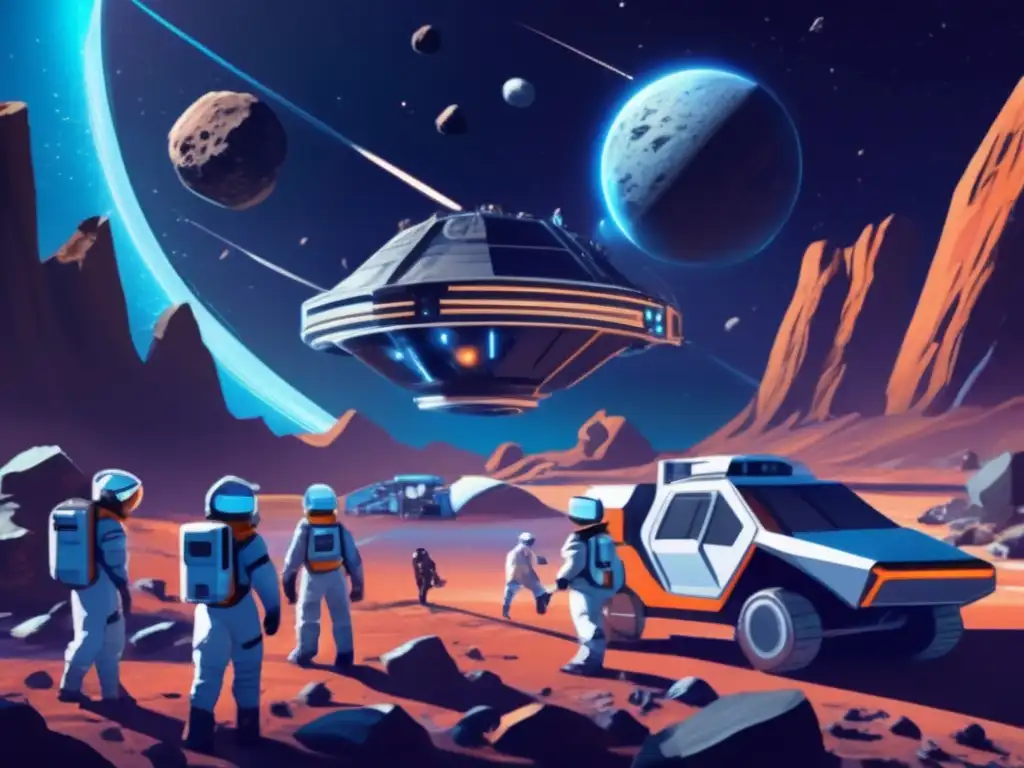
Introduction
Asteroids have long been a source of fascination and intrigue for scientists and space enthusiasts alike. Beyond their celestial beauty, these celestial bodies hold great potential for mining and resources. Astrogeology, the study of planetary materials in outer space, plays a crucial role in understanding the composition of asteroids for mining purposes. In this article, we will explore the importance of astrogeology in asteroid mining and delve into the various factors that contribute to the composition of these extraterrestrial objects.
The Role of Astrogeology in Asteroid Mining
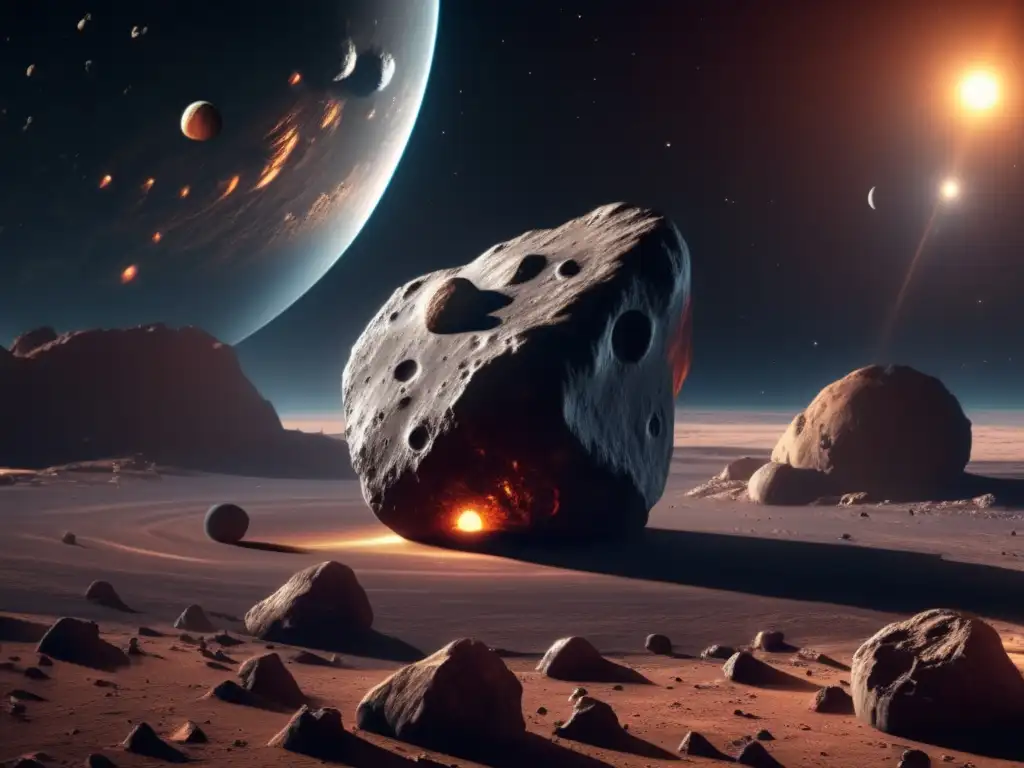
Asteroid Composition
The composition of an asteroid determines its value in terms of potential resources. Astrogeologists analyze the chemical and physical properties of asteroids to identify valuable elements and minerals. By understanding the composition, miners can prioritize their efforts and optimize resource extraction techniques.
Spectral Analysis
Spectral analysis is a key technique used in astrogeology to determine the composition of asteroids. By observing the light reflected off the surface of an asteroid at different wavelengths, scientists can identify the presence of specific minerals and compounds. This information is invaluable in assessing the economic viability of mining operations.
Remote Sensing and Spacecraft Missions
Remote sensing techniques, such as spectroscopy and radar imaging, enable scientists to gather data about asteroids without physically visiting them. Spacecraft missions like NASA's OSIRIS-REx and JAXA's Hayabusa2 have provided valuable insights into the composition of specific asteroids by collecting and analyzing samples. These missions enhance our understanding of astrogeology and facilitate future mining endeavors.
Asteroid Composition Factors
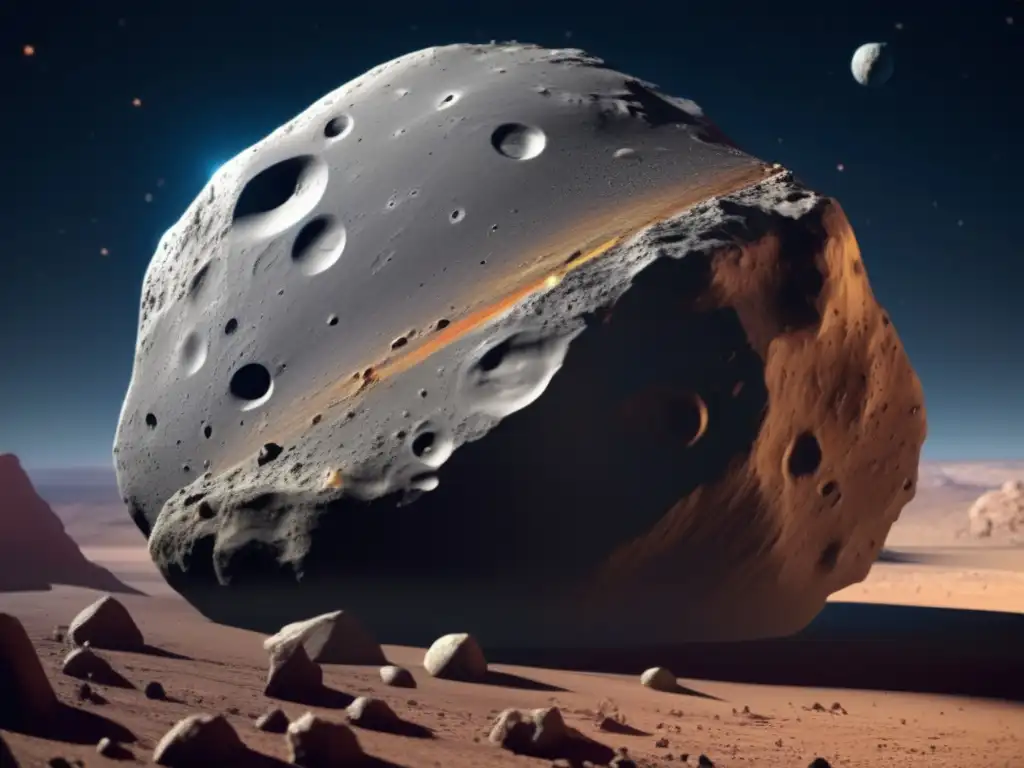
Chondritic Asteroids
Chondritic asteroids, which make up a significant portion of the asteroid belt, contain primitive materials similar to those found in the early solar system. These asteroids are rich in carbonaceous minerals, volatile compounds, and water ice, making them attractive targets for mining operations. The presence of organics and volatiles holds potential for fuel production and supporting human exploration missions.
Metal-Rich Asteroids
Some asteroids are predominantly composed of metallic elements such as iron, nickel, and platinum-group metals. These metal-rich asteroids, known as M-type asteroids, have the potential to provide valuable resources for terrestrial industries. Mining these asteroids could alleviate the strain on Earth's finite resources and open up new possibilities for space-based manufacturing.
Regolith Properties
The regolith, or surface layer, of an asteroid can vary in thickness and physical properties. Understanding regolith characteristics, such as porosity and grain size distribution, is crucial for efficient mining operations. The regolith can serve as a source of raw materials for construction and resource extraction or pose challenges due to its loose nature.
Challenges and Opportunities in Asteroid Mining

Distance and Accessibility
A major challenge in asteroid mining is the vast distance between Earth and these celestial bodies. Developing cost-effective transportation methods and infrastructure to reach asteroids is essential for sustainable mining operations. Additionally, identifying near-Earth asteroids that are easily accessible can significantly reduce mission costs and increase efficiency.
Legal and Ethical Considerations
The legal framework surrounding asteroid mining is still evolving. International treaties and agreements outline principles for space exploration and resource utilization. Balancing the economic benefits of asteroid mining with environmental conservation and equitable distribution of resources presents ethical challenges that need to be addressed as the industry progresses.
Technological Advancements
Advancements in robotics, automation, and resource extraction techniques are opening up opportunities for efficient asteroid mining. Researchers are exploring concepts like in-situ resource utilization (ISRU), where raw materials extracted from asteroids could be used for manufacturing, construction, and fuel production in space. These technological developments have the potential to revolutionize space exploration and resource utilization.
Frequently Asked Questions
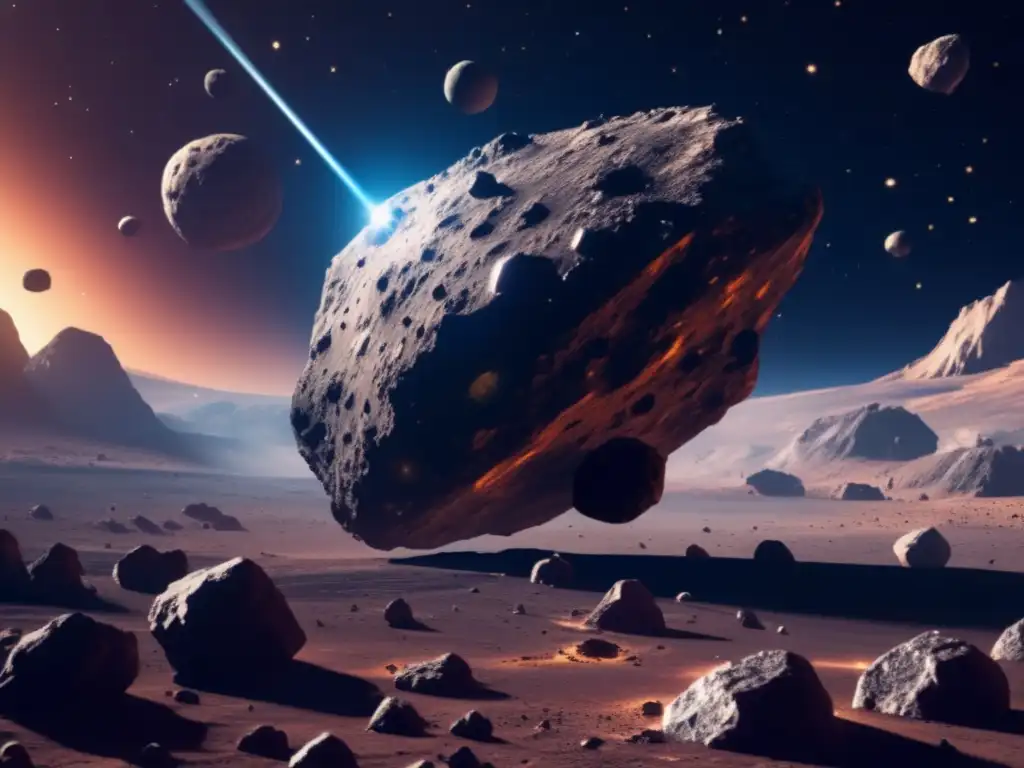
-
How do astrogeologists determine the composition of asteroids?
Astrogeologists use spectral analysis and remote sensing techniques to determine the composition of asteroids. Spectral signatures obtained by observing the light reflected off the surface of asteroids provide valuable insights into their mineralogy.
-
What are the most valuable resources found in asteroids?
Asteroids can contain valuable resources such as water ice, precious metals, rare earth elements, and carbonaceous minerals. These resources have the potential to support future space missions and alleviate dependency on Earth's resources.
-
Can asteroid mining help address Earth's resource scarcity?
Yes, asteroid mining has the potential to provide a sustainable source of resources that can alleviate the strain on Earth's finite reserves. By extracting resources from asteroids, we can preserve our planet's resources for future generations.
-
How do legal considerations impact asteroid mining?
Legal considerations surrounding asteroid mining involve issues of property rights, environmental impact, and resource allocation. International agreements and treaties aim to provide a framework for responsible and equitable utilization of space resources.
-
What are some potential applications for asteroid resources?
Asteroid resources can be used for fuel production, construction materials, manufacturing, and supporting long-duration space missions. By utilizing resources in space, we can reduce the cost and logistical challenges associated with carrying everything from Earth.
Conclusion
Astrogeology plays a vital role in understanding the composition and potential resources of asteroids for mining purposes. By employing spectroscopy, remote sensing techniques, and spacecraft missions, scientists gain valuable insights into these celestial bodies. Understanding asteroid composition allows us to prioritize mining efforts, identify valuable resources, and develop sustainable resource extraction techniques. While numerous challenges exist, such as distance and legal considerations, technological advancements and ongoing research present exciting opportunities for the future of asteroid mining. It is crucial to continue exploring and leveraging asteroid resources to drive innovation, sustainable space exploration, and secure our future.
We encourage readers to share their thoughts and engage with www.asteroidrealm.com by subscribing, sharing this article on social networks, and participating in discussions. Thank you for your time and attention as we uncover the mysteries of asteroids and build a brighter future among the stars.
Additional Resources
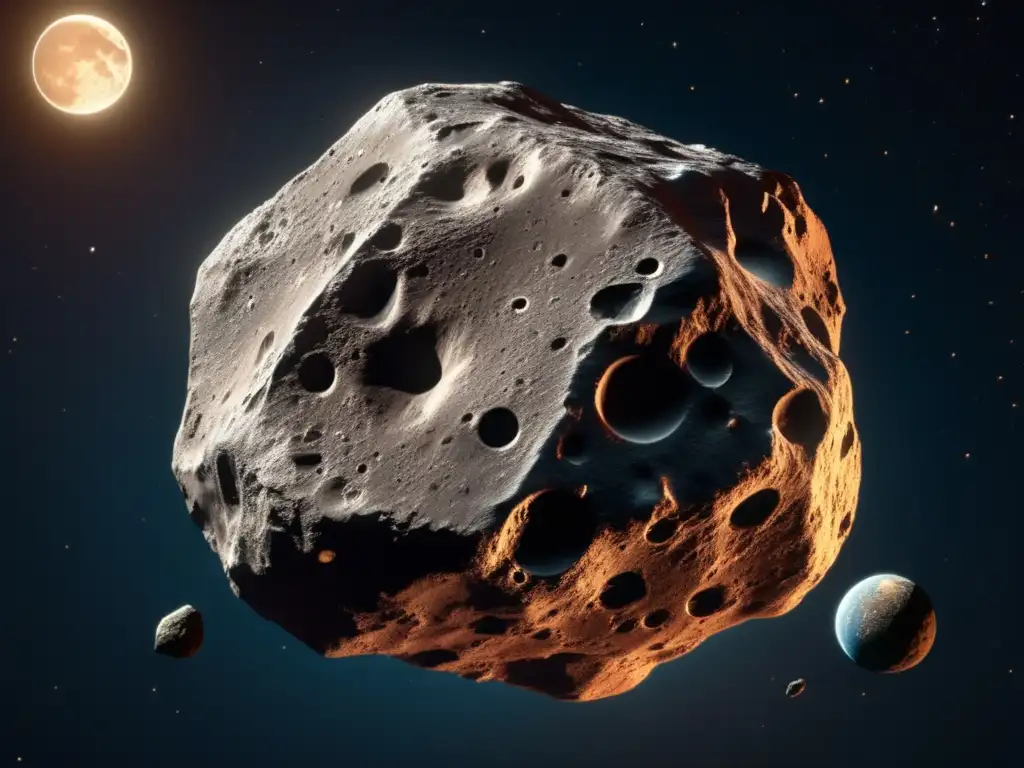
For those interested in delving deeper into the topic of asteroid mining and astrogeology, here are some additional resources:
- NASA - Asteroid Missions
- ESA - Asteroid Mining
- NASA Jet Propulsion Laboratory - Asteroid Mining
- Geological survey of asteroids by mining them (Research article)
 Beyond Earth: Mining The Cosmos
Beyond Earth: Mining The Cosmos Challenges And Solutions In Asteroid Mining
Challenges And Solutions In Asteroid Mining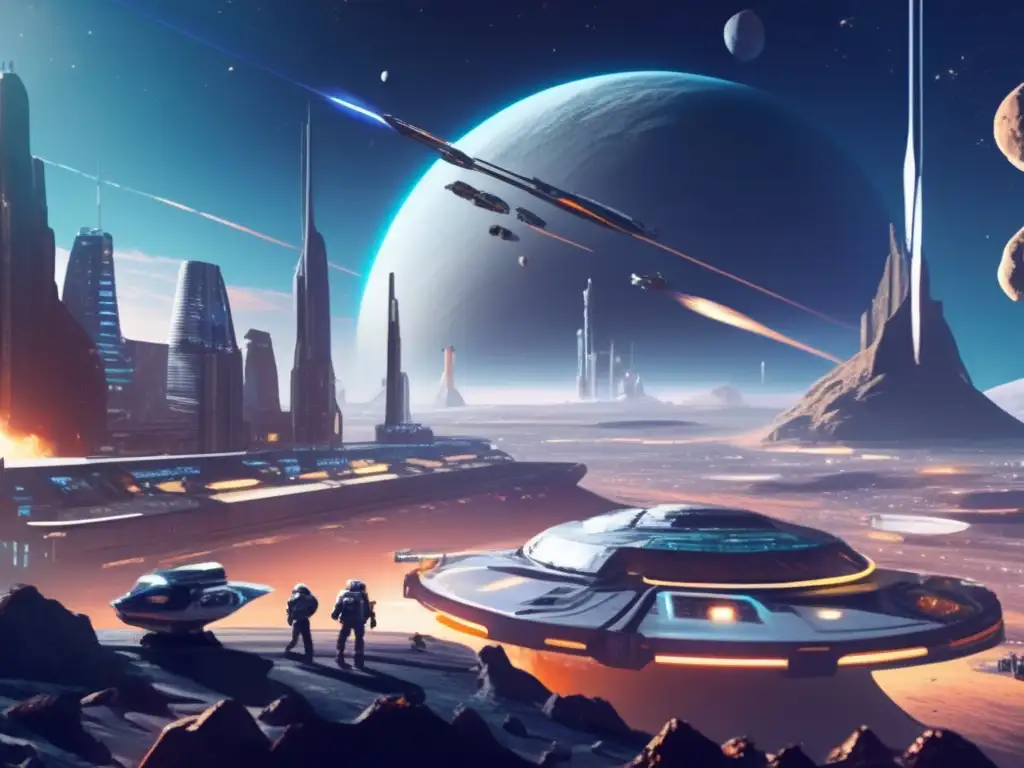 Commercial Opportunities In Asteroid Mining
Commercial Opportunities In Asteroid MiningIf you want to discover more articles similar to Astrogeology: Understanding Asteroid Composition For Mining, you can visit the Asteroid Mining and Resources category.
Leave a Reply

Articulos relacionados: